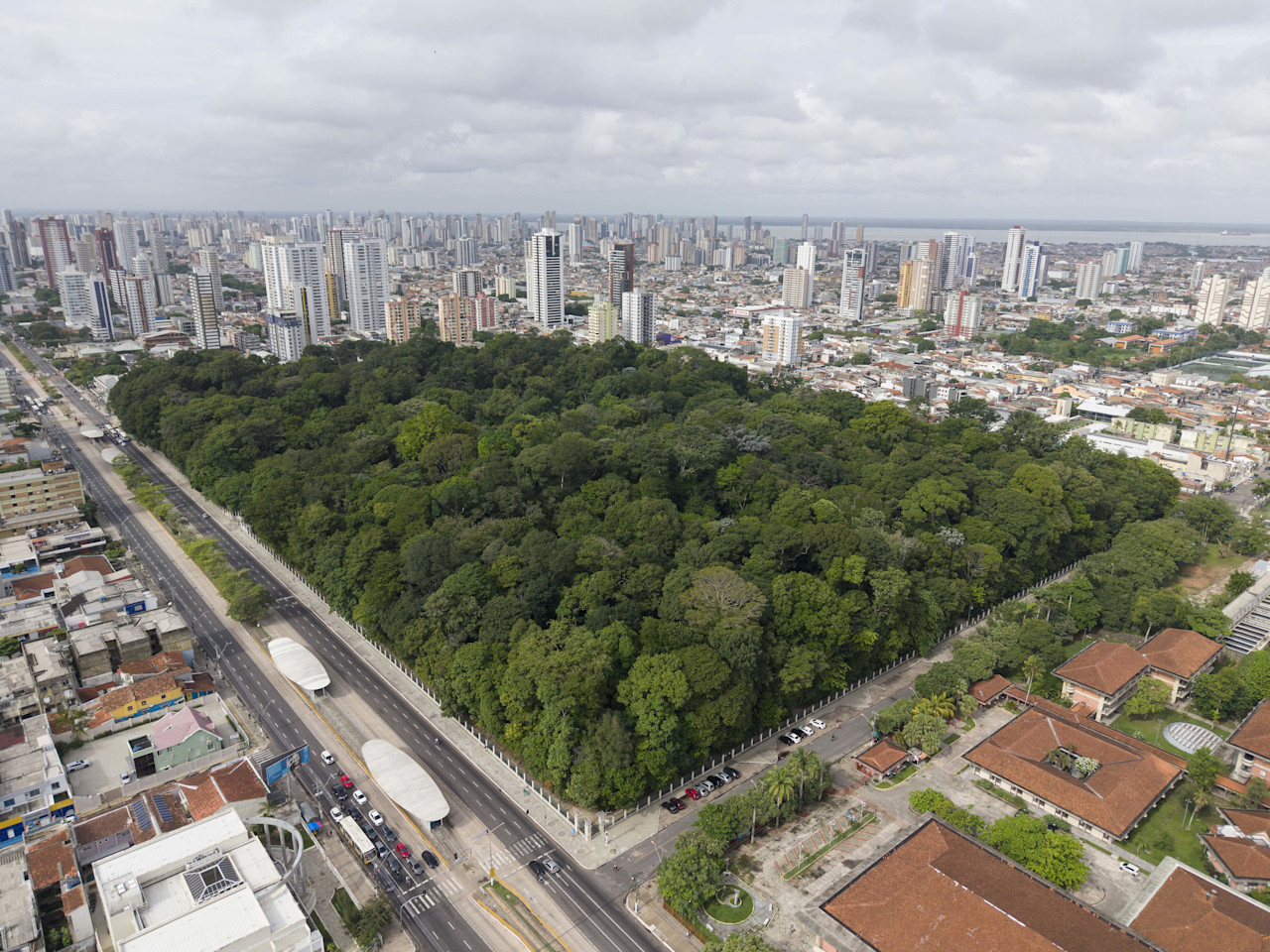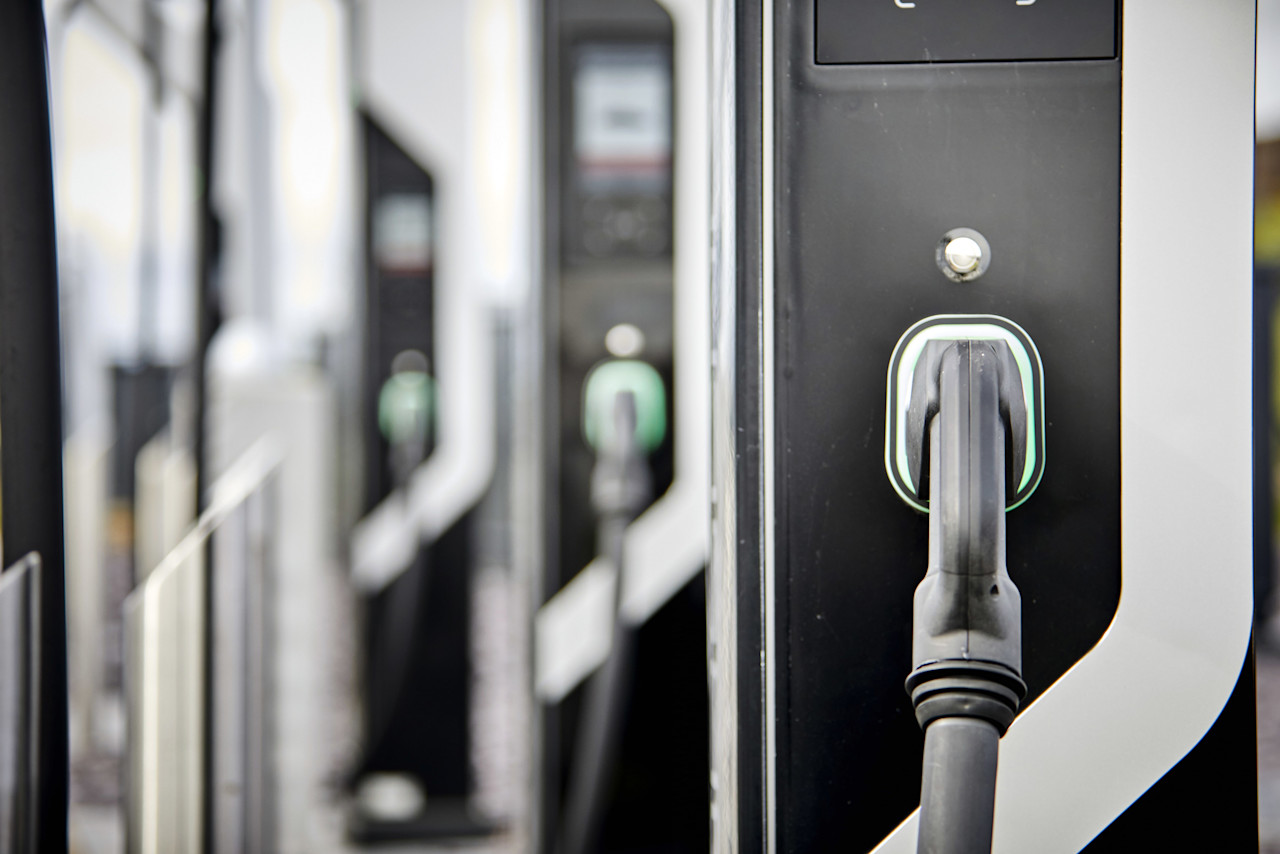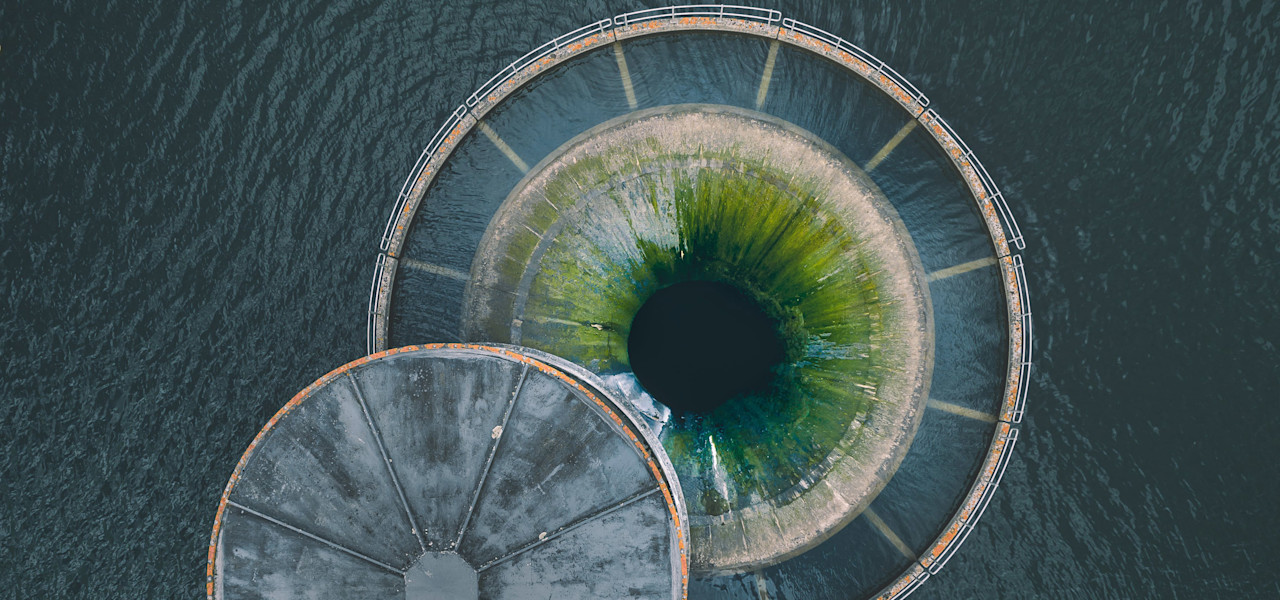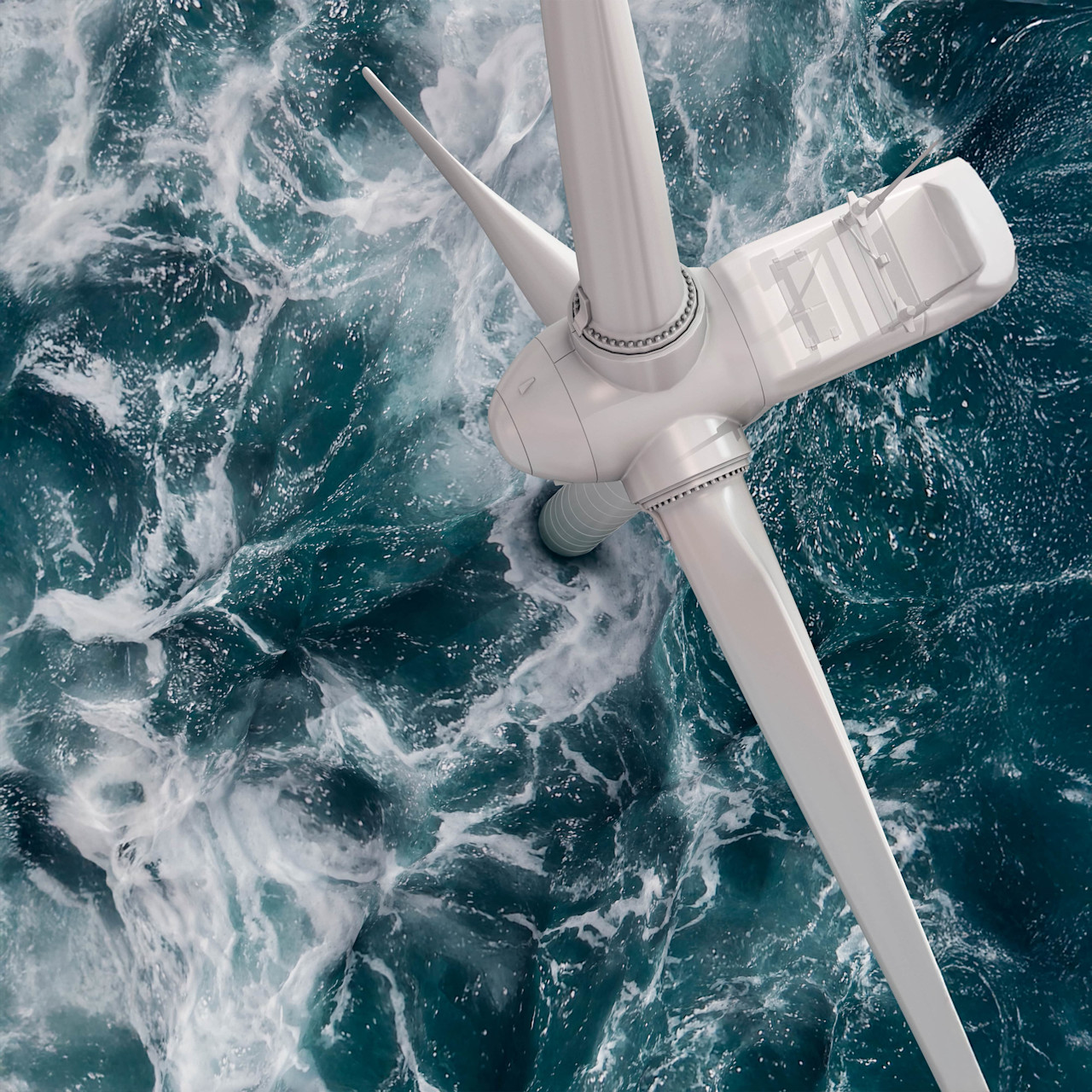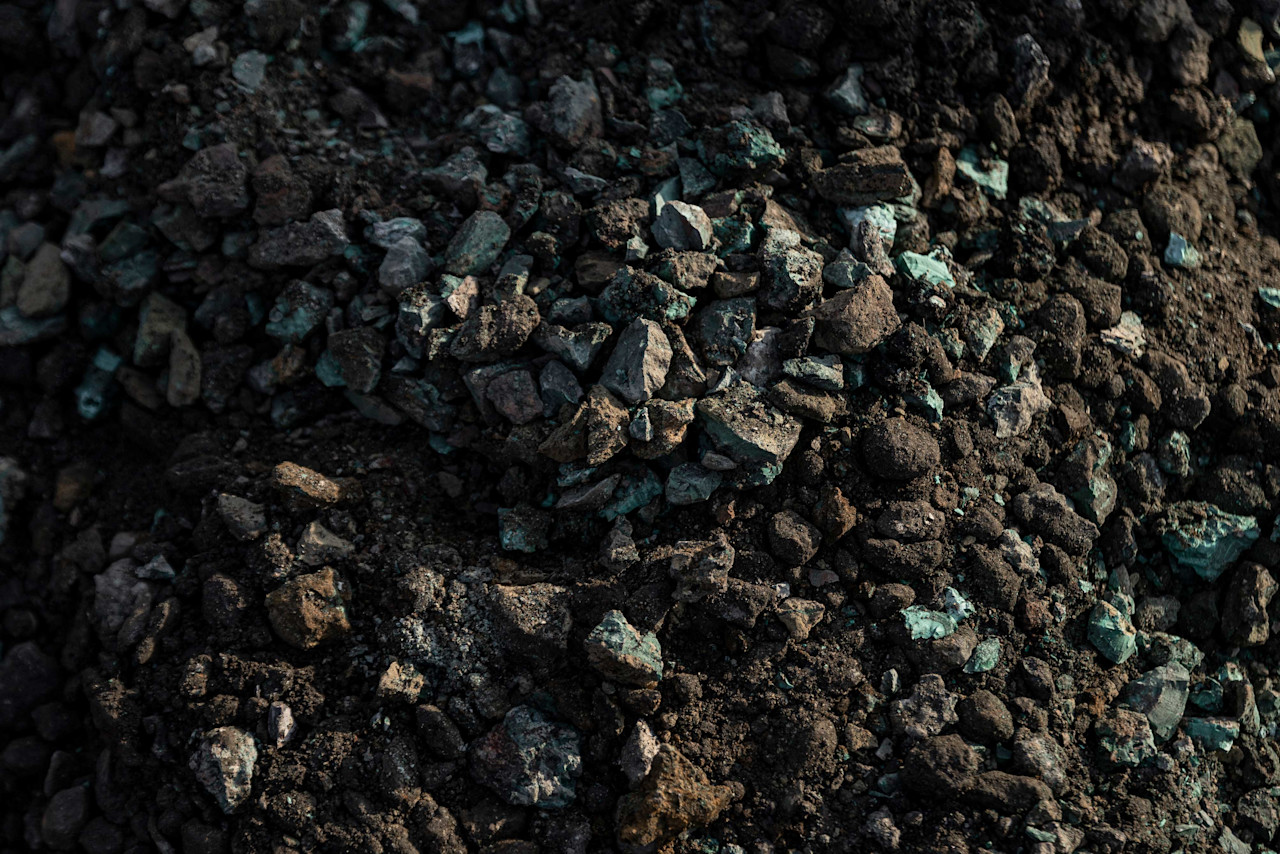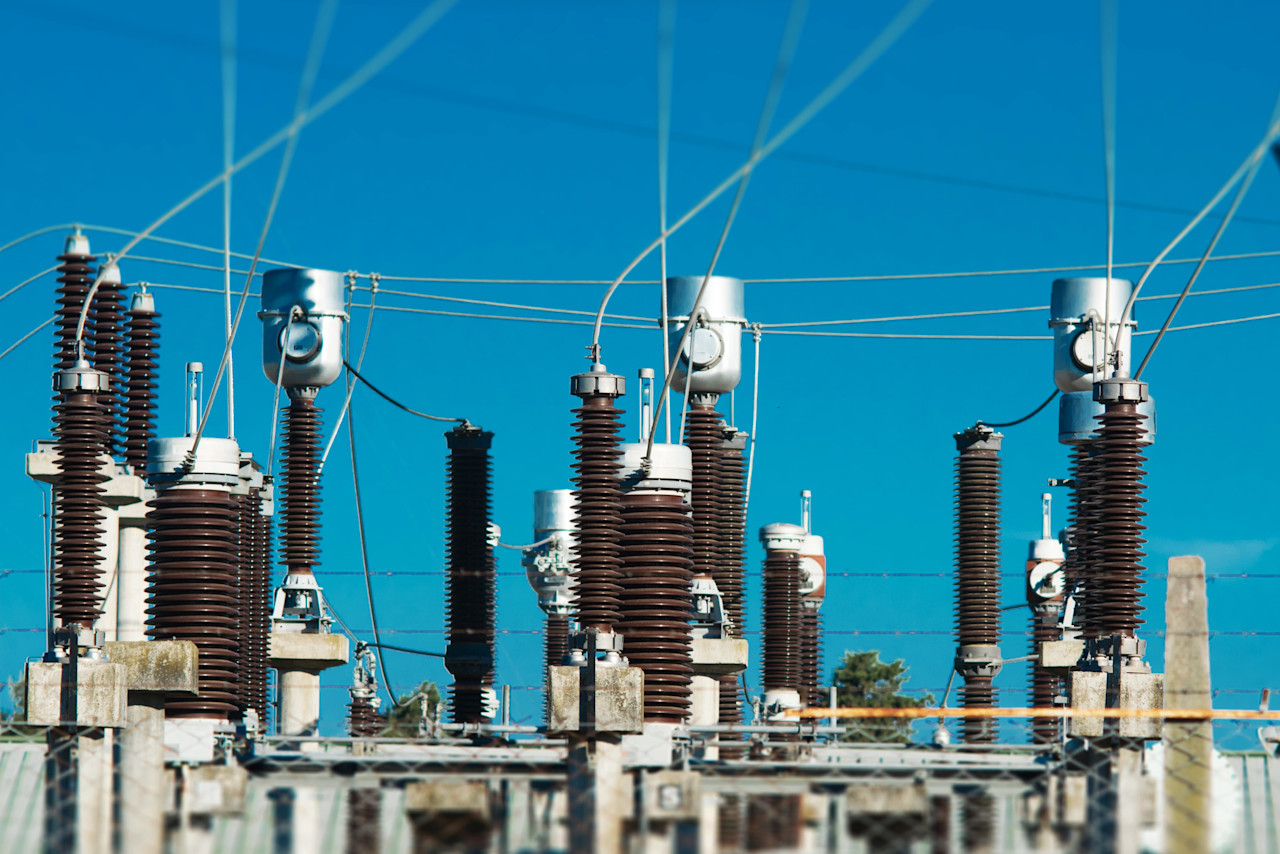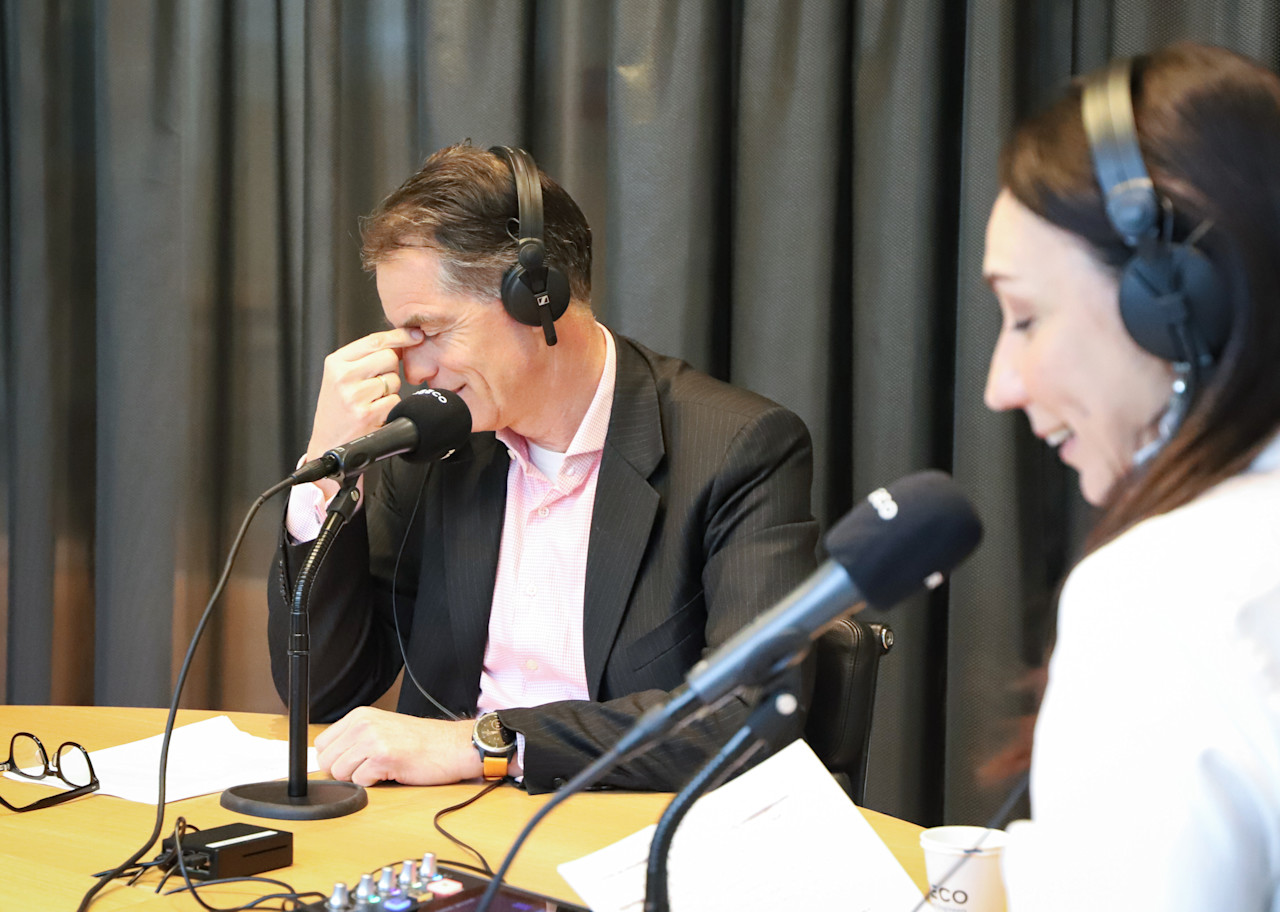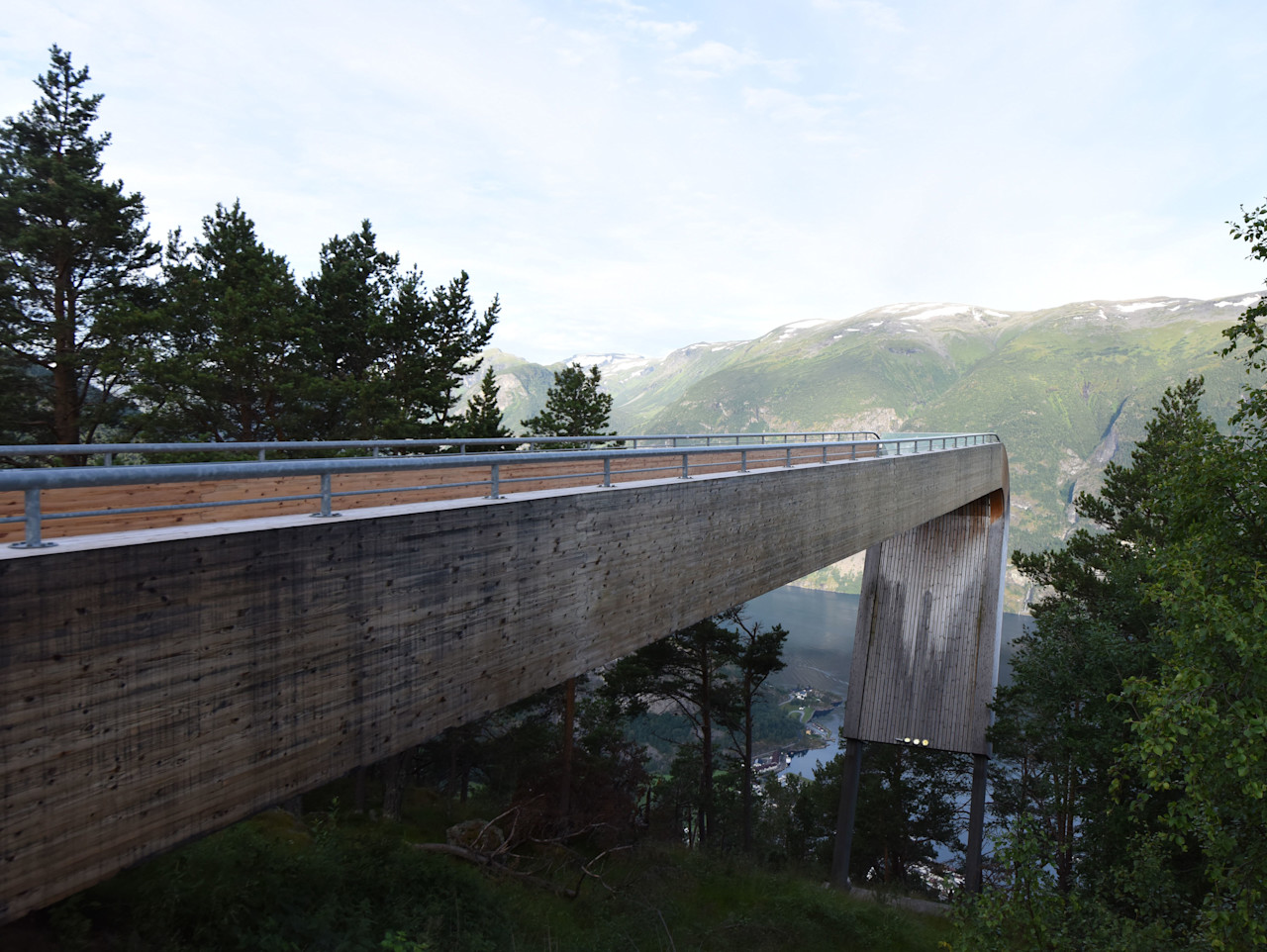Climate change means the changes seen in weather patterns due to the heating of the Earth’s atmosphere.
The long-term burning of fossil fuels since the industrial revolution of the 18th century has led to the gradual accumulation of greenhouse gas that become trapped in the atmosphere. Research suggests that the Earth has already heated up by around 1 degree Celsius since the 1780s and continues to do so.
Many new forms of more extreme weather pose a threat to many forms of life on the planet. The principal effect of a warmer atmosphere is to create more moisture, leading to heavier and more unpredictable rainfall, causing floods and increasingly destructive storms. It has also led to more extreme summer temperatures, causing droughts and forest fires, and the growing ‘desertification’ of formerly fertile areas. Ten of the world’s hottest years in recorded history have occurred since 2005, while the amount of CO2 in the atmosphere is now at its highest level for three million years.
Aside from more extreme weather, climate change threatens agricultural production, as milder winters and earlier springs interrupt crop-growing patterns. Higher temperatures have a double whammy effect on insects. In warmer areas, they threaten to wipe out the ‘friendly’ insect population on which plants rely for pollination. In colder areas, warming threatens to expose countries to the ‘unfriendly’ disease-bearing insects that they currently avoid.
Polar regions are heating faster than more temperate areas due to the ‘ice-albedo feedback’, where land laid bare by melting ice absorbs more sunlight, causing more heating, which causes more melting. Thawing permafrost in the northern regions of Canada and Russia poses a separate threat, in that they act as giant stores of captured greenhouse gases. These gases would be released on melting, accelerating climate change further. Trees also act as a carbon sink, which means deforestation adds to global warming, accounting for about 11% of emissions, according to the World Resource Institute.
Research showing that 90% of greenhouses gases have been absorbed by the ocean has greatly increased its acidity, leading to the death of coral and other marine life. The extinction of coral reefs and many fragile ecosystems has already been noted in areas such as Australia, which suffered record bush fires due to extreme temperatures in its summer of 2020, and has lost up to 90% of the Great Barrier Reef.
Figure 1: Annual Arctic Sea Ice Minimum Area

Source: NASA
Meanwhile, warmer oceans are gradually eating away at coastal glaciers, melting them even further. The total effect of melting glacial ice in the Arctic and Antarctic is to raise sea levels, estimated to have caused almost 2 cm of sea level rise since 1980. The International Panel on Climate Change (IPCC) warned in 2019 that left unchecked, global warming will raise sea levels by about 1.1 meters by 2100, threatening many coastal cities.




